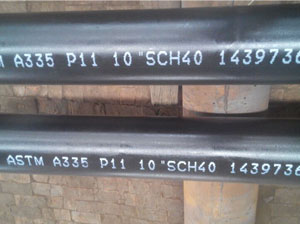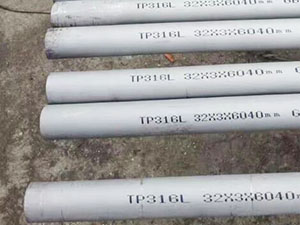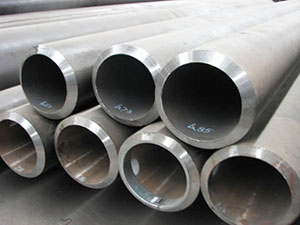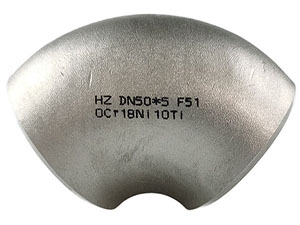Dye penetrant inspection (DP), also called liquid penetrate inspection (LPI) or penetrant testing (PT), is a widely applied and low-cost inspection method used to check surface-breaking defects in all non-porous materials (metals, plastics, or ceramics). The penetrant may be applied to all non-ferrous materials and ferrous materials, although for ferrous components magnetic-particle inspection is often used instead for its subsurface detection capability. LPI is used to detect casting, forging and welding surface defects such as hairline cracks, surface porosity, leaks in new products, and fatigue cracks on in-service components.
History
The oil and whiting method used in the railroad industry in the early 1900s was the first recognized use of the principles of penetrants to detect cracks. The oil and whiting method used an oil solvent for cleaning followed by the application of a whiting or chalk coating, which absorbed oil from the cracks revealing their locations. Soon a dye was added to the liquid. By the 1940s, fluorescent or visible dye was added to the oil used to penetrate test objects.
Experience showed that temperature and soak time were important. This started the practice of written instructions to provide standard, uniform results. The use of written procedures has evolved, giving the ability for design engineers and manufacturers to get the high standard results from any properly trained and certified liquid penetrant testing technician.
Principles
DPI is based upon capillary action, where low surface tension fluid penetrates into clean and dry surface-breaking discontinuities. Penetrant may be applied to the test component by dipping, spraying, or brushing. After adequate penetration time has been allowed, the excess penetrant is removed and a developer is applied. The developer helps to draw penetrant out of the flaw so that an invisible indication becomes visible to the inspector. Inspection is performed under ultraviolet or white light, depending on the type of dye used - fluorescent or nonfluorescent (visible).





